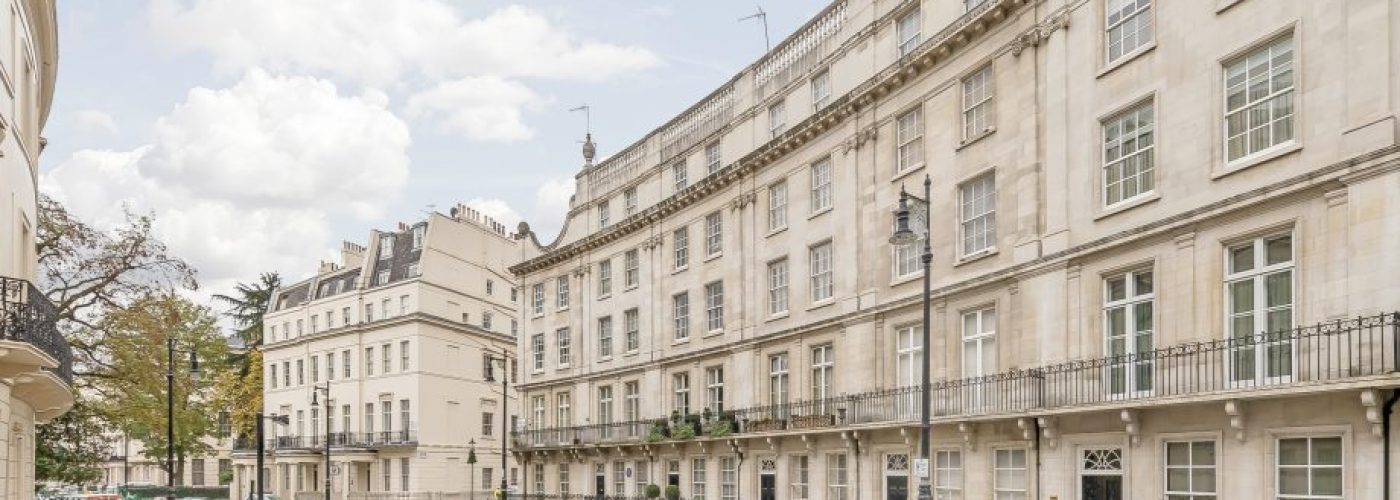What’s happening with the prime London rental market?
Rob Pratt, Director of Lettings at central London estate agency Bective’s Notting Hill Branch, has shared his thoughts on the current prime rental landscape and what we can expect to see going forward.

Rob Pratt – Lettings Director, Bective Notting Hill – has worked in Prime Central Lettings for over 10 years and has intricate knowledge of the market in W11, W2 and W14. He is passionate about building long-lasting relationships and prides himself on offering the best possible customer service, whilst delivering excellent results for clients.
Pandemic Impact
What we saw last year across much of the prime market was like-for-like activity when compared to 2019.
Whilst we did endure six weeks of lockdown restrictions, a handful of essential moves were able to take place and the rest of 2020 performed relatively well considering the disruption, making up for the lower volume of transactions during the six weeks of lockdown.
It’s fair to say that actually, the pandemic impact on the prime rental market in 2020 was fairly muted both in terms of the number of rental applicants and the level of stock reaching the market.
However, particular price brackets that normally perform very well, underperformed; house sharers were bailing on the market with jobs being furloughed, meaning the two-bed circa £450 per week apartments suffered. Studio flats fell out of fashion with not many people interested in being locked down in small spaces. The best performers were the houses, scarcely coming onto the market and being snapped up pretty quickly when they did.
The first half of 2021 was a little more sluggish with the balance between supply and demand weighting slightly more towards oversupply. While domestic applicant numbers were reasonable, travel restrictions continued to prove problematic for foreign renters. Nevertheless, this did improve on a monthly basis throughout the year.
The pandemic was always going to interfere with market activity and the immediate impact was predictably a drop in applicant levels.
By late summer last year the lettings market had improved but still wasn’t operating at pre-pandemic levels. Even in spring this year the market had been challenging to navigate creating a mixed picture with pricing.
Who is pushing the market forward?
Over the last quarter (Sept-Dec 21), the market has undoubtedly returned to pre-pandemic levels. There has been a dramatic increase in enquiry levels from those relocating from abroad which has had a positive impact on pricing.
Of course, the latest development of the Omicron variant is expected to dampen this in the short term, though in spite of this we’re now seeing supply squeezed to the point of stock scarcity. So much so that there is little to offer those already committing to the market.
It’s a certainty that international movers will continue to be the deciding factor behind the rental market health in prime London and the virus has only reaffirmed that they are essential for the performance of the market.
Throughout autumn 21, we saw an influx of American families looking to secure rental homes ahead of the school year. There was a limited level of high-end housing available and many of these families were securing properties after only just seeing it on a video.
That’s not to say they are the only ones influencing the market. Domestic movers from outside of London have made a return, there’s a returning degree of student demand and there has also been activity from those already in the area looking to upsize or downsize.
What’s more, heavy flooding throughout autumn has left the Notting Hill and Kensington areas suffering heavily, particularly the lower ground flats. This has resulted in an even higher number of applicants as insurance companies scrambled to secure temporary homes for them.
Biggest challenges facing the market?
We definitely don’t want another pandemic and we are hoping/anticipating that this latest variant doesn’t cause the nation to move backwards rather than forwards.
However, as we all know unforeseen events can upset the stability of the rental market at any point and Covid will no doubt be a lingering consideration for some time to come.
The more immediate issues facing the market are inadequate stock levels. Looking ahead, we have to wonder what the solution is if more tenants are choosing long term renting as a lifestyle whilst buy-to-let stock is dwindling.
Is buy-to-let now out of fashion because yields are lower and long term landlords have felt the government have failed to support them? With the introduction of the tenant fee ban, changes to stamp duty and tax thresholds for buy-to-let purchases, is the appetite for buy-to-let no longer there?
Build-to-Rent is becoming more popular and it may fill the gaps but space for such developments is limited within the prime market.
Rental Hotspots in 2022
There have been huge infrastructure investments made across London with Nine Elms being the largest regeneration zone in Central London at 227 hectares. Fulham’s Imperial Wharf is the last section to be redeveloped within the South Fulham Riverside Regeneration Area which spans over 40 hectares and more than £4bn is being invested into the regeneration of Elephant & Castle creating and reinstating over 5,000 homes in the area. Modern-day tenants are looking for more than just an apartment, with new build homes offering on-site amenities, resident’s facilities and even close proximity to workplaces.
Apple’s new campus at Battersea Power station will become home to 1,400 corporate employees in its half a million sqft. office space, making it inevitable that a vast number of these workers will settle in the Nine Elms area.
The Tech industry in London is flourishing in other areas too, Hackney and Shoreditch are going to continue being major beneficiaries of this in my opinion. The Tech industry is only set to grow over the coming years with the likes of Meta’s digital world, which is likely to lead more tenants flocking to the areas that surround their workplaces, either relocating from abroad, outside of London or otherwise moving internally within London, opting for apartments with all the modern benefits and without the commute.
This combination of high-end living that mirrors the experience many foreign tenants are already used to, coupled with the fact that there will be an influx of rental stock, should see these areas perform very well over the next year. Furthermore, with large patches of London undergoing regeneration, their continued improvement will support strong rental prices for the period properties which will always attract domestic and overseas renters looking for some of the things that new developments aren’t able to offer – character, grand proportions, gardens, etc.
That said, I believe the Prime Central London market will otherwise continue to move forward in a positive manner as there is further recovery from the pandemic. This will only intensify as more and more people get back to work in offices and are no longer restricted from crossing borders in order to do so.”





